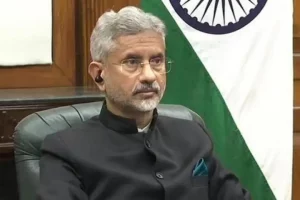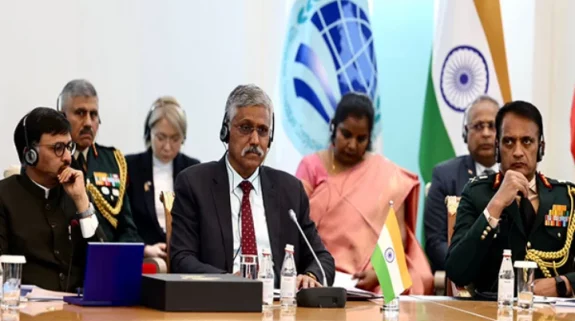The ongoing global uncertainty and economic slowdown has intensified an ongoing social problem in several countries including Japan, South Korea and China– more and more younger people are unwilling to get married and have children. These countries are already experiencing rapid ageing of their population. The rising economic challenges at this juncture have now aggravated the social norm.
While China introduced a three-children policy—couples can have three children as opposed to its earlier one child and then two child norms, Seoul has now decided to allow 100 foreign domestic workers to come into the country as part of a pilot programme, aimed at boosting birth rate.
According to Reuters, South Korea is in talks with the Philippines as one of the potential sources of workers with an aim to starting the pilot programme as early as December.
A boycott movement in South Korea, where women are seeking to lead single lives, is gaining momentum.
US based magazine the Atlantic said that more than a third of Korean men and a quarter of Korean women who are now in their mid-to-late 30s will never marry, as per an estimate. More and more Koreans are also unwilling to have children. In 1960, Korean women had, on average, six children. In 2022, the average Korean woman could expect to have just 0.78 children in her lifetime, the magazine noted.
Seoul has been trying to put in place many incentives for women to have children. The measures include prolonged maternity leave, bonuses for couples who have kids and subsidized housing for couples.
The government has also eased visa restrictions to allow foreign nannies to come in. The Atlantic added some rural governments even fund bachelors seeking foreign brides.
China and Japan too are battling ageing population. The ‘Lying Flat’ trend in China has led to many youngsters deciding not to marry or even join the work force.
In 2022, China recorded just 6.77 births per 1,000 people — the lowest birth rate in its history. In the previous year, there were 7.52 births per 1000 people.
An analyst, who specialises in China, told India Narrative that while economic challenges are relatively easier to handle, the social problems will pose a bigger headache.
Where does India stand?
This year, India surpassed China as the world’s most populated country.
As per United Nations projections, India’s median age, which is 27.9, will rise to 34.6 years by 2040 while for China it will be 48 years. Last year China’s median age was 38.5.
A report released by Goldman Sachs said that India, driven by a large pool of talent and working age population, is poised to become the second largest economy by 2075, beating the US, Germany and Japan. According to Santanu Sengupta, Goldman Sachs Research’s India economist has opined that India must boost its labour force participation to achieve its full potential.
An analyst said that India must take lessons from other countries and refrain from making the same mistakes. “It must keep a close watch on the birth rate from now on to ensure that the situation does not go out of hand. That will be a blow to the country’s economy,” he said.
Also read: Goldman Sachs visualises India as world’s second largest economy by 2075




















